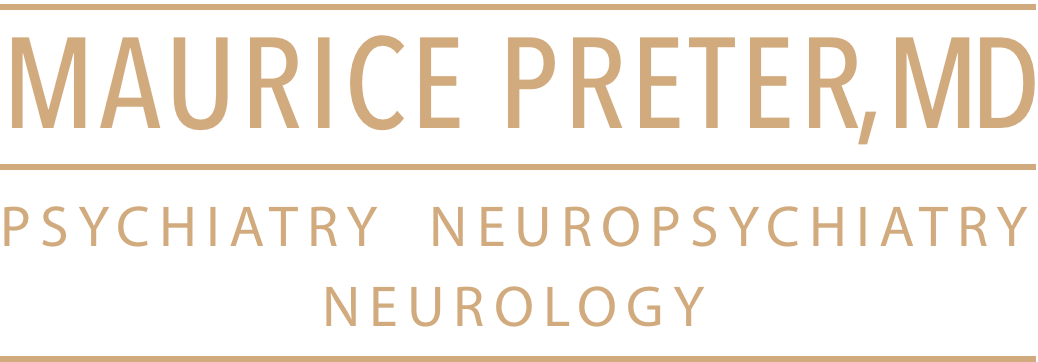Is Particulate Matter of Air Pollution a Vector of Covid-19 Pandemic?
The COVID-19 pandemic is a severe respiratory disease caused by the emergence of a new coronavirus, SARS-CoV-2, that very quickly spread in the human population. Fine particulate matter (PM) generated from combustion engines have been described as toxic to human health. Recent events stressed that high concentrations of PM of air pollution might favor the spread of SARS-CoV-2. Autumn approaches, air pollution will be accentuated because of weather condition. The risk of a second outbreak of Covid-19 pandemic is highly probable. Elucidating the role of PM of air pollution in the spread of the virus is thus urgent and crucial.
https://www.sciencedirect.com/science/article/pii/S2590238520305129

